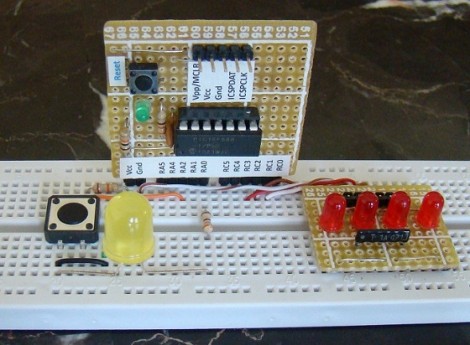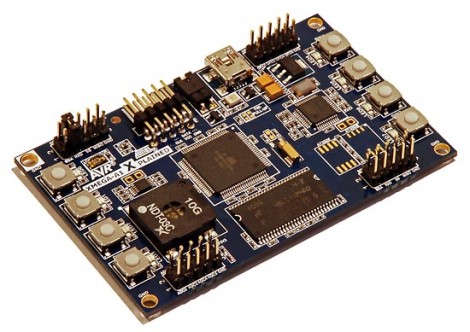
[Dombeef] made a locking enclosure for his sketchbook. The diamond seen in the center of the book is formed by the four sliding parts of the lock. Only with the proper movements will you get the cover open so you can plan your next hack.
He was inspired by this wooden version created by artist [Kagen Schaefer]. There were no tips about how the mechanism was made but a bit of deep thinking led [Dombeef] to discover the secret. Being the papercraft ninja that he is (he makes things like gyroscopes, strandbeests, and claws) this was created using cardstock as the parts. There is a wooden pin on the right that serves as the latch. Each of the four puzzle pieces moves around each other to free a slot from its hold on the notched latch.
There is a diagram showing the parts and their movements in the post linked above. [Dombeef] also mentioned an animated GIF that he promises to publish soon.
















